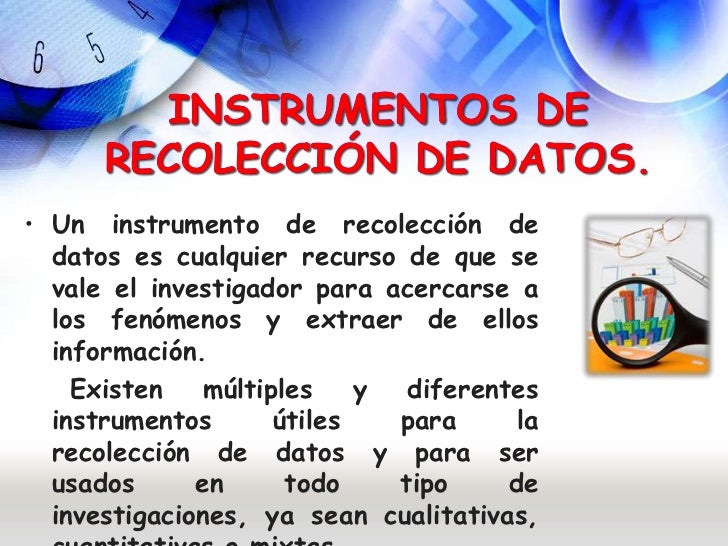Tecnica Recoleccion De Datos Pdf
Title: Tecnicas de recoleccion de datos pdf. User rating: Version: 2.6.3. File size: 34.12MB. Requirements: Windows (All Versions) / Android / iOS 8+. Languages: Multiple languages. License: Freeware. Author: Admin. Downloads: 2678. MD5 Checksum: 4EE8025BE0B3. Tecnicas de Recoleccion de Datos - Download as PDF File (.pdf), Text File (.txt) or read online.
The Future of Real-Time in Spark Reynold Xin @rxin Spark Summit, New York, Feb 18,2016 2. Why Real-Time? Making decisions faster is valuable. Preventingcreditcard fraud. Monitoringindustrialmachinery. Human-facingdashboards.
3. Streaming Engine Noun. Takes an input streamand producesan output stream. SQL Streaming MLlib Spark Core GraphX Spark Unified Stack 5.

Dania Lopez
StreamingSQL MLlib Spark Core GraphXStreaming Introduced3 years ago in Spark 0.7 50% usersconsider most important part of Spark Spark Unified Stack 6. Spark Streaming. First attempt at unifying streaming and batch. State management built in. Exactly once semantics. Features required for large clusters. Straggler mitigation,dynamic load balancing,fast fault-recovery 7.
Streaming computations don’t run in isolation. Use Case: Fraud Detection STREAM ANOMALY Machine learningmodel continuously updates to detectnew anomalies Ad-hocanalyze historic data 9. Continuous Application noun. An end-to-end application that acts on real-time data. Challenges Building Continuous Applications Integration with non-streaming systems often an after-thought. Interactive,batch,relational databases, machine learning, Streaming programming models are complex 11.
Integration Example Streaming engine Stream (home.html, 10:08) (product.html, 10:09) (home.html, 10:10). What can go wrong?. Late events. Partial outputs to MySQL. State recovery on failure.
Distributed reads/writes. MySQL Page Minute Visits home 10:09 21 pricing 10:10 30. Processing Businesslogic change & new ops (windows,sessions) Complex Programming Models Output How do we define outputover time & correctness? Data Late arrival, varying distribution overtime, 13. Structured Streaming 14. The simplest way to perform streaming analytics is not having to reason about streaming. Spark 2.0 Infinite DataFrames Spark 1.3 Static DataFrames Single API!
Structured Streaming High-level streaming API built on SparkSQL engine. Runsthe same querieson DataFrames. Eventtime, windowing,sessions,sources& sinks Unifies streaming, interactive and batch queries.
Aggregate data in a stream, then serve using JDBC. Change queriesatruntime.
Build and apply ML models 17. Output for data at 1 Result Query Time data up to PT 1 Input complete output Output 1 2 3 Trigger: every 1 sec data up to PT 2 output for data at 2 data up to PT 3 output for data at 3 Model 18. Delta output output for data at 1 Result Query Time data up to PT 2 data up to PT 3 data up to PT 1 Input output for data at 2 output for data at 3 Output 1 2 3 Trigger: every 1 sec Model 19. Model Details Input sources:append-onlytables Queries: newoperators for windowing, sessions, etc Triggers:based on time (e.g. Every 1 sec) Output modes: complete, deltas, update-in-place 20. Example: ETL Input: files in S3 Query: map (transform each record) Trigger: “every5 sec” Output mode: “newrecords”,into S3 sink 21. Example: Page View Count Input: recordsin Kafka Query: select count(.) group by page, minute(evtime) Trigger: “every5 sec” Output mode: “update-in-place”, into MySQL sink Note: this will automatically update “old” recordson late data!
Logically: DataFrame operations on static data (i.e. As easyto understand as batch) Physically: Spark automatically runs the queryin streaming fashion (i.e. Incrementally and continuously) DataFrame Logical Plan Continuous, incremental execution Catalyst optimizer Execution 23. Logs = ctx.read.format('json').open('s3://logs') logs.groupBy(logs.userid).agg(sum(logs.time)).write.format('jdbc').save('jdbc:mysql//.' ) Example: Batch Aggregation 24. Logs = ctx.read.format('json').stream('s3://logs') logs.groupBy(logs.userid).agg(sum(logs.time)).write.format('jdbc').stream('jdbc:mysql//.'
) Example: Continuous Aggregation 25. T = 0 Aggregate AggregateT = 1 AggregateT = 2 Automatic Incremental Execution 26. Rest of Spark will follow.
Interactive queriesshould just work. Spark’s data sourceAPI will be updated to support seamless streaming integration. Exactly once semantics end-to-end. Different outputmodes (complete,delta, update-in-place). ML algorithms will be updated too 27.
What can we do with this that’s hard with other engines? Ad-hoc, interactive queries Dynamic changing queries Benefits of Spark: elastic scaling, stragglermitigation, etc 28. Use Case: Fraud Detection STREAM ANOMALY Machine LearningModel continuously updates to detectnew anomalies Analyze Historic Data 29. Timeline Spark 2.0. API foundation.
Kafka, file systems, and databases. Event-time aggregations Spark 2.1 +.

University Of Salamanca

Continuous SQL. BI app integration. Other streaming sources/ sinks.
Karaoke shqip muzik. Machine learning 30. @rxin Komentar.